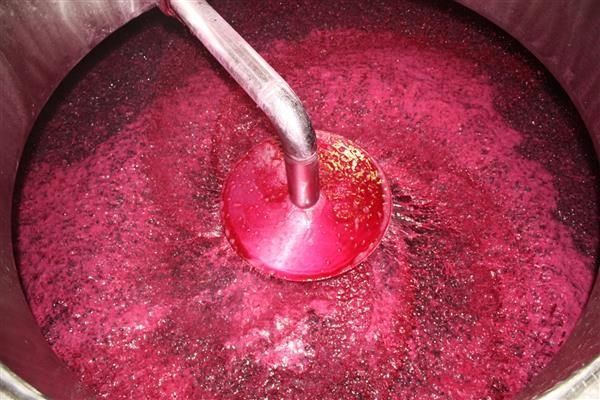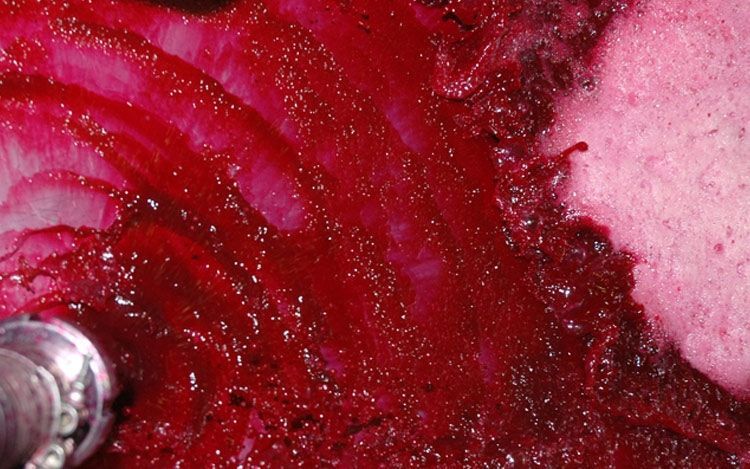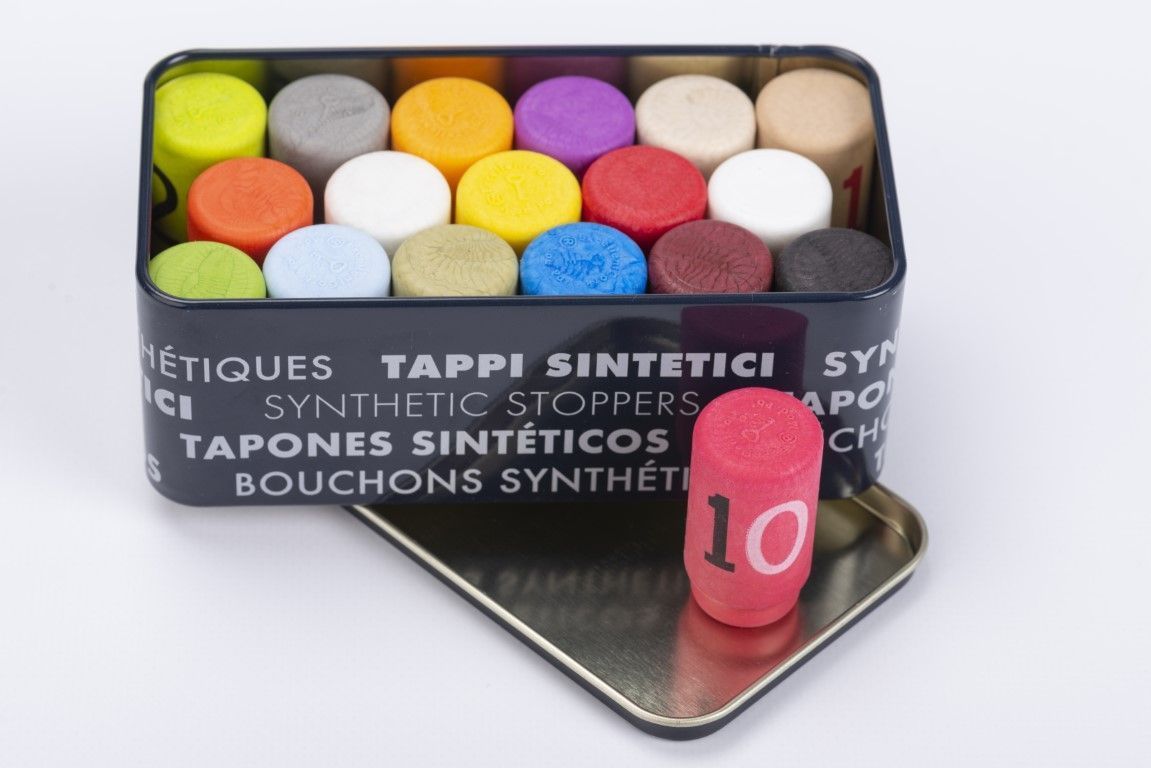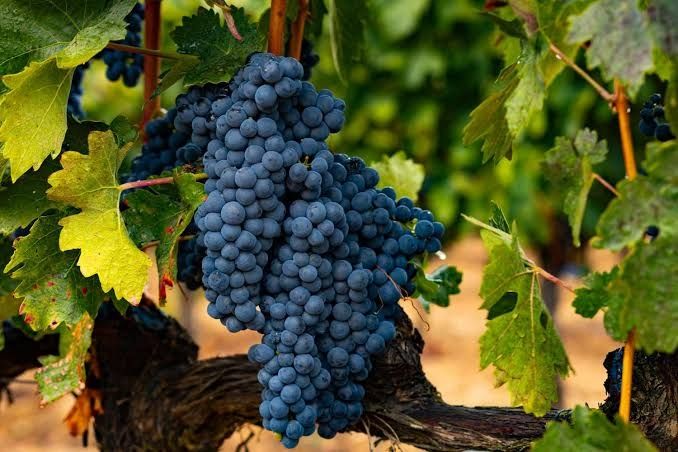The best part of enjoying a good wine is knowing where it comes from and being aware of how it reached our table; this is how you experience the complete journey.
At Excellent Cork, experts in the production of wine stoppers, we have prepared this article to introduce you to the key factors of the types of wine fermentation.
What is wine fermentation?
Wine fermentation is the process through which must (grape juice) is transformed into wine thanks to the action of microorganisms. During fermentation, yeasts convert the natural sugars in grapes into ethyl alcohol, carbon dioxide (CO₂), and other compounds that contribute to the wine’s aroma, flavor, and texture.
Types of wine fermentation
The wine fermentation process occurs naturally as yeasts are present on the grape skins. However, in modern winemaking, specific yeasts can also be added to better control the outcome. The alcoholic fermentation is the first stage, during which yeasts metabolize the sugars in the must. This step produces alcohol, carbon dioxide, and other compounds like esters, aldehydes, and acids that influence the sensory profile of the wine. Following this stage, there are two main types of fermentation.
Malolactic fermentation
After alcoholic fermentation, many wines undergo a second stage called malolactic fermentation. In this process, lactic acid bacteria convert malic acid (which has a sharper and harsher taste) into lactic acid (which is smoother and creamier). This process is mainly applied to red wines and some white wines.
Carbonic fermentation
Carbonic fermentation is primarily used in the production of young and fruity wines. This unique technique differs from alcoholic fermentation as it involves fermenting whole grape clusters without destemming or crushing them.
Other types of wine fermentation
Besides alcoholic, malolactic, and carbonic fermentation, there are other techniques used in winemaking to add distinct characteristics:
- Spontaneous or wild fermentation: Uses the natural yeasts present on grape skins and in the winery environment instead of commercial yeast.
- Biological fermentation under flor: After alcoholic fermentation, the wine is left in barrels without completely filling them, allowing a layer of yeast known as “flor” to form on the surface. This layer protects the wine from oxidation and imparts unique characteristics.
- Secondary fermentation in the bottle (traditional method): After initial alcoholic fermentation, the wine is bottled with a mix of sugar and yeast, leading to a secondary fermentation inside the bottle.
Factors influencing the fermentation process
Wine fermentation is a complex process influenced by several factors that affect the technique and final characteristics of the beverage. These are critical for the wine’s flavor, aroma, and structure profile. Some key elements include:
- Temperature: If too low, fermentation may stop; if too high, yeasts may die or produce undesirable compounds.
- Yeasts: Both commercial and indigenous yeasts exist. Commercial yeasts offer better control, while wild yeasts add complexity but are less predictable.
- Sugar levels in the grapes: The sugar content in the must determines the wine’s alcohol content. Low sugar results in less alcoholic wine, while high sugar produces stronger wine.

Fermentation process in different types of wine
The fermentation process varies depending on the type of wine being produced, as each style requires specific techniques to achieve its unique characteristics.
Red wine fermentation
Red wine fermentation is done with the skins, seeds, and pulp of the fruit, allowing the extraction of tannins, color, and flavors. During alcoholic fermentation, the must with solids is transferred to a tank where yeasts convert sugars into alcohol and carbon dioxide. This process generally takes place at higher temperatures than white wine fermentation to allow for proper color and phenolic compound extraction.
White wine fermentation
In white wine fermentation, the grapes are pressed immediately after destemming to separate the must from the skins and seeds. Unlike red wine, contact with solids is minimal, resulting in a wine with a lighter and fresher character. The must is transferred to a tank for fermentation, which occurs at lower temperatures between 12-18°C to preserve the wine’s fresh and fruity aromas.
Rosé wine fermentation
Rosé wine fermentation is similar to red wine, but with a much shorter maceration time. The must is left in contact with the skins briefly to achieve the desired pink hue. The solids are then removed, and the must ferments like white wine at low temperatures (12-18°C) to maintain freshness and fruity character.
Frequently asked questions about wine fermentation
Here are some additional questions answered.
Is malolactic fermentation necessary for all wines?
Malolactic fermentation is not necessary for all wines; it depends on the style desired. For red wines, it is common as it enhances the texture and softens the tannins. For white wines, it is applied selectively.
How does the type of yeast affect the final wine?
The type of yeast fundamentally affects the wine: its aromas, flavors, texture, and complexity largely depend on the selected yeast. While commercial yeasts provide predictable control and consistent profiles, wild yeasts add character.
What problems can arise during fermentation, and how can they be avoided?
Various problems can occur during wine fermentation, such as stuck fermentation, microbial contamination, production of undesirable compounds, and other defects that affect quality. To prevent these, it is crucial to maintain rigorous temperature control, proper hygiene, correct nutrient use, and, when necessary, the addition of sulfites.
At Excellent Cork, we produce synthetic stoppers ideal for preserving the quality of your wines, maintaining their original flavor, essence, and aroma. Contact us!





